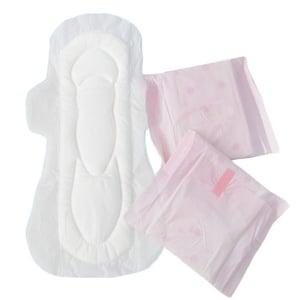
Each woman contributes 120 kg of plastic waste through sanitary pads
Use of disposable sanitary pads has become inevitable for women. However, there is a serious negative side for the pads that non-biodegradable sanitary products add a significant amount of plastic waste to the environment.
This has hazardous effects not only on global warming but also on animal health both on land and in water as well as resource depletion.
It is estimated that approximately 121 million women dispose of around eight sanitary napkins per menstrual cycle. This computes that around 12.3 billion disposable pads are added to landfills annually! Each woman generates around 120kg of plastic waste during her menstruating years.
Research shows that non-biodegradable menstrual pads take between 500 to 800 years to break down and when they do break down, they eventually become microplastics i.e pieces of plastic that are less than 5 millimetres in size. These microplastics then find their way to our soil system and even oceans.
To tackle this issue there needs to be a system in place to tackle menstruation waste especially used sanitary plastic pads. As preventive measures, the use of sustainable, biodegradable products in routine life can reduce waste generation. Biodegradable and reusable products like bamboo razors and menstruation cups also augment better waste management as opposed to using one-time products. This would also reduce the harmful products that are dumped in landfills.
